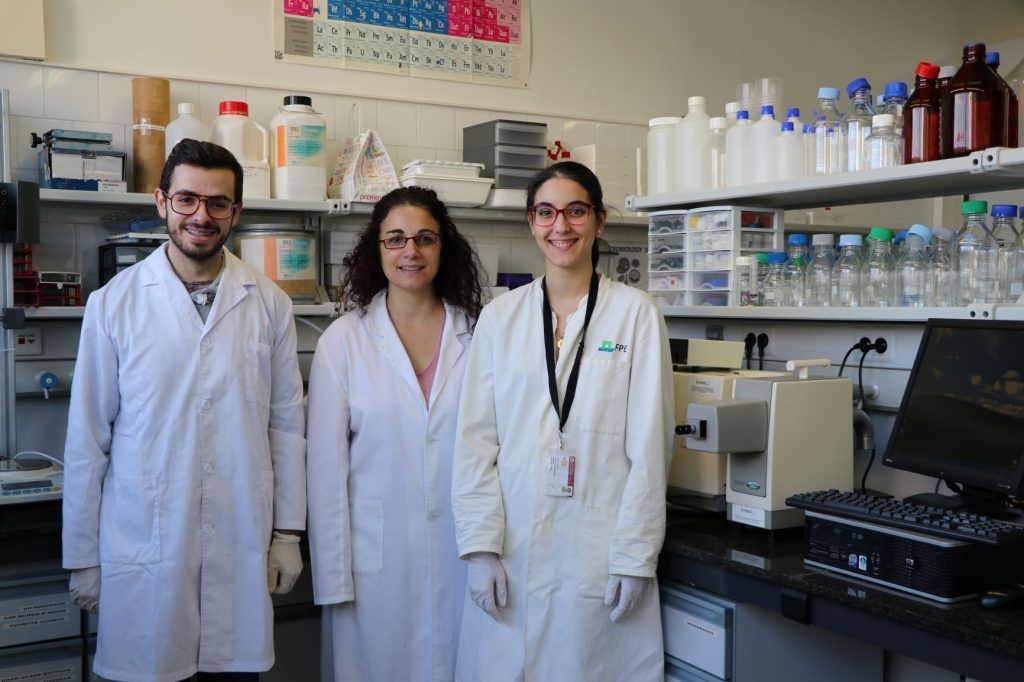08/07/2020
A new mothed can quickly and effectively detect adulterations of foods made with insects
The combination of two techniques allows the in-depth analysis of the composition of insect dust which is increasingly sold as a dietary ingredient

The combination of two techniques allows the in-depth analysis of the composition of insect dust which is increasingly sold as a dietary ingredient
The introduction of insects into the human diet in the search for alternative sources of protein is starting to become a reality. But many people’s reluctance to eat a cricket or larva means that the agri-food industry is looking for other ways to introduce insects into our diet, one of which is by grinding them into a dust and using them as an ingredient in other products. A research team from the Universitat Rovira i Virgili has created a cheap and efficient method for identifying the type and quantity of insect that can be found in commercial samples in order to quickly detect possible fraud and adulterations.
“Insects as a food source is an emerging sector and it is increasingly necessary to be able to verify that the products that enter the market comply with the European Union standards”, explained Jordi Mellado, a researcher with the Foodie research group who together with Sílvia de Lamo and Nerea García has led the study. This research group from the Department of Chemical Engineering has developed a method that can determine that the product on sale contains the type of insect that is stated on the label and that it is present in the right quantity.
To do so, they applied two techniques to analyse seven different samples of insect dust available on the market. On one hand, they used infra-red spectroscopy, which gave them a spectrum that was effectively a fingerprint that is specific and unique for each sample. “This spectrum tells them which chemical or biological components are contained in the sample”, explained Mellado. Once the spectrum had been obtained, they used the technique known as multivariant analysis. It is a supervised statistical method that separates the samples into different classes to determine how they differ from one another. “The combination of these two techniques in conjunction with our expertise in food production allows us to create spectral models specific to our needs and to find hidden information”, said researcher Sílvia de Lamo.
“Infrared spectroscopy has been around for a long time, but what makes our method so powerful is the subsequent application of statistics, without which we would probably not observe any differences between the samples studied”, added Mellado. In fact, the combination of the techniques has not only been on the raw material, that is insect dust, but also in products already made, in this case biscuits which include insect dust among their ingredients. “The fact that the insect dust is mixed with other ingredients (chickpea flour, oil and sugar) and subjected to a cooking process generates a much more complex matrix to analyse. Despite this, by applying this method we were able to distinguish both the type and quantity of insect”, explained Nerea García.
The researcher’s next step will be to try to develop this service for the food production sector, which is using increasing amounts of insect dust as a raw ingredient for producing foods. “Insect farms need to be able to distinguish between males and females because they differ in terms of growth rate and the types of food that they need…and with these techniques, we have opened up a whole range of applications that we can offer to companies, who in many cases have the technical means but not the expertise or time needed to extract all of their potential”, concluded De Lamo.
Reference: J. Mellado-Carretero: N. García-Gutiérrez; M. Ferrando; C. Güell; Sílvia de Lamo Castellvi. Rapid discrimination and classification of edible insect powders using ATR-FTIR spectroscopy combined with multivariate analysis.Journal of Insects as Food and Feed. DOI: 10.3920/JIFF2019.0032
